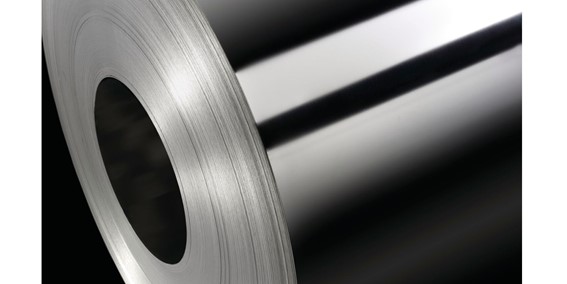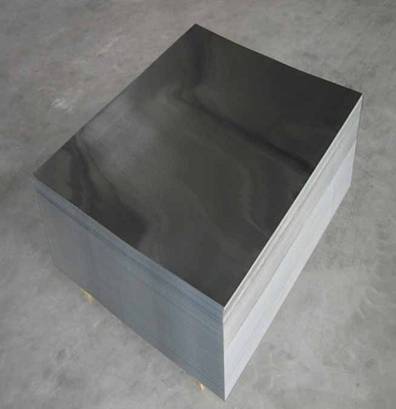Hexavalent chromium, which is commonly used in automotive, aerospace and defense applications and is also found in tinplate manufacturing, was now classified as SVHC and placed on the authorization list. Consequently, this substance needs to be replaced. For many can makers moving forward, one concern may be the availability of REACH-compliant tinplate.
The agreed European alternative for 311 or 300 passivation of electrolytic tinplate (or ETP) is CFPA. This is one of the systems created within the REACH framework for the identification of substances of very high concern (SVHC) and the resulting risk management options to control the use of this class of substances and ensure safe use.
REACH stands for Registration, Evaluation, Authorization and Restriction of Chemicals and is a wide-ranging European Union regulation that guides and governs the use of chemicals. Authorization is one of the REACH control processes that stipulates that companies must effectively apply to the European Commission for authorization to continue using an SVHC for a limited period, until a replacement is approved.
Chromium passivation, also known as 300 or 311 passivation, involves the use of hexavalent chromium in a chemical or electrochemical treatment of the tinplate surface. The main functions of passivation are to inhibit the growth of tin oxide on the surface, to ensure that the surface is modifiable for subsequent lacquering and decorative printing, to minimize sulfide staining of foodstuffs.
During this surface treatment, all hexavalent chromium is converted to trivalent chromium or chromium metal, therefore, there is no hexavalent chromium on the surface of the final tinplate or steel can product.
Because hexavalent chromium was classified as SVHC and placed on the REACH authorization list, any company that now uses the substance must apply to the European Commission to be allowed to continue to do so. If granted, this provides the applicant with a limited period of time to develop less hazardous alternatives with all members of its supply chain.
Members of the Association of European Packaging Steel Producers (APEAL) have been working together on a solution also known as Chrome Free Passivation Alternative – CFPA.
APEAL members have actively sought a replacement for hexavalent chromium without compromising product safety or suitability for food contact. The agreed European alternative for 311 or 300 passivation of electrolytic tinplate (or ETP) is CFPA.
“To ensure that all industry members can produce the equivalent standard of CFPA material, we have pooled knowledge and shared resources. As with all research and development, some problems have arisen, but APEAL members have invested heavily to overcome them,” explains Edward Span, chairman of APEAL’s CFPA R&D working group:
“We discovered that there was some variability in the quality of CFPA produced by different APEAL mills and this could affect the application of dry bond coatings. We shared sample materials and developed a set of experiments to identify the root cause and ensure manufacturing standardization. Between the technical experts of APEAL members, we were able to reduce the level of variability to an acceptable level that is equivalent to the variability found in the current 300 and 311 products,” he adds.
CFPA already complies with food contact legislation in Europe and China; has obtained a Food and Drug Association notification for food contact and dry infant formula in the U.S.; and is making progress in complying with Brazilian legislation.
APEAL is currently working with other industry bodies to ensure a smooth transition to CFPA throughout the supply chain. Can manufacturers already have many package tests underway with CFPA for multiple applications.









